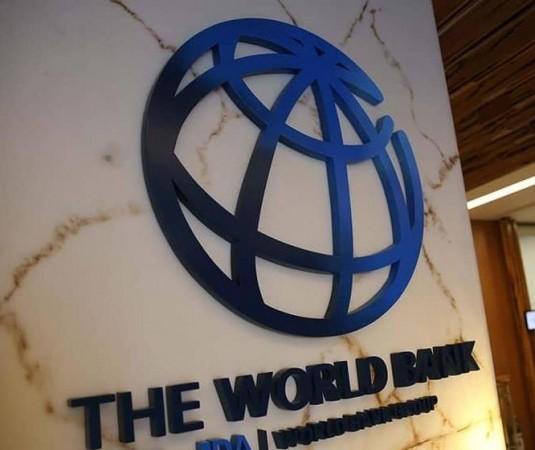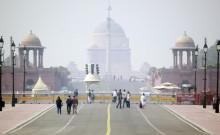
The World Bank has approved a $1.5 billion package to aid India's low-carbon energy reforms. The financing will primarily support the production of green hydrogen and electrolysers. These reforms are expected to result in the production of at least 450,000 metric tonnes of green hydrogen and 1,500 MW of electrolysers per year from FY25/26. This is the second round of funding from the World Bank towards India's green energy push.
The World Bank has approved a $1.5 billion financing package to aid India's low-carbon energy reforms. This significant move towards a greener future is aimed at accelerating the development of low-carbon energy in India, currently the fastest-growing large economy in the world. The financing will primarily support reforms to boost the production of green hydrogen and electrolysers, technologies critical for green hydrogen production. Green hydrogen, a clean-burning fuel, and electrolysers, devices that split water into hydrogen and oxygen, are seen as key components in the global shift towards cleaner energy sources.
This operation aligns with the Indian government's energy security goals and the World Bank's Hydrogen for Development (H4D) Partnership. The H4D Partnership is a global initiative aimed at accelerating the development and deployment of low-carbon hydrogen technologies in developing countries. The World Bank's Country Director for India, Auguste Tano Kouame, expressed pleasure at the continuation of support for India's low-carbon development strategy. He highlighted that this strategy will help achieve the country's net-zero target while creating clean energy jobs in the private sector.
According to the World Bank, these reforms are expected to result in the production of at least 450,000 metric tonnes of green hydrogen and 1,500 MW of electrolysers per year from FY25/26 onwards. This significant increase in green hydrogen production will play a crucial role in reducing India's carbon emissions and transitioning to a more sustainable energy mix.
In addition to boosting green hydrogen production, the financing will also help increase renewable energy capacity and support reductions in emissions by 50 million tonnes per year. This aligns with India's commitment to the Paris Agreement and its goal of achieving net-zero emissions by 2070. The operation will also support steps to further develop a national carbon credit market. Carbon credits are a key tool in the global effort to reduce greenhouse gas emissions. They provide a financial incentive for companies to reduce their emissions and can be traded on the open market.

This is the second round of funding from the World Bank towards India's green energy push. In June 2023, the World Bank approved the $1.5 billion first operation, which supported the waiver of transmission charges for renewable energy in green hydrogen projects, the issuance of a clear path to launch 50 GW of renewable energy tenders annually and creating a legal framework for a national carbon credit market.
The Indian economy is expected to continue to expand at a rapid pace. According to the World Bank, decoupling economic growth from emissions growth will require scaling up renewable energy, especially in hard-to-abate industrial sectors. India has taken bold action to develop a domestic market for green hydrogen, underpinned by rapidly expanding renewable energy capacity, said Aurelien Kruse, Xiaodong Wang, and Surbhi Goyal, team leaders for the operation.
This move by the World Bank is a significant step towards a greener future for India and the world. It not only supports India's transition to a low-carbon economy but also sets a precedent for other countries to follow. As the world grapples with the urgent need to reduce carbon emissions and combat climate change, such initiatives are crucial in driving the global shift towards cleaner, more sustainable energy sources. The World Bank's commitment to India's low-carbon energy reforms is a testament to the global recognition of the importance of transitioning to cleaner energy sources and the role that developing economies like India can play in this global effort.













